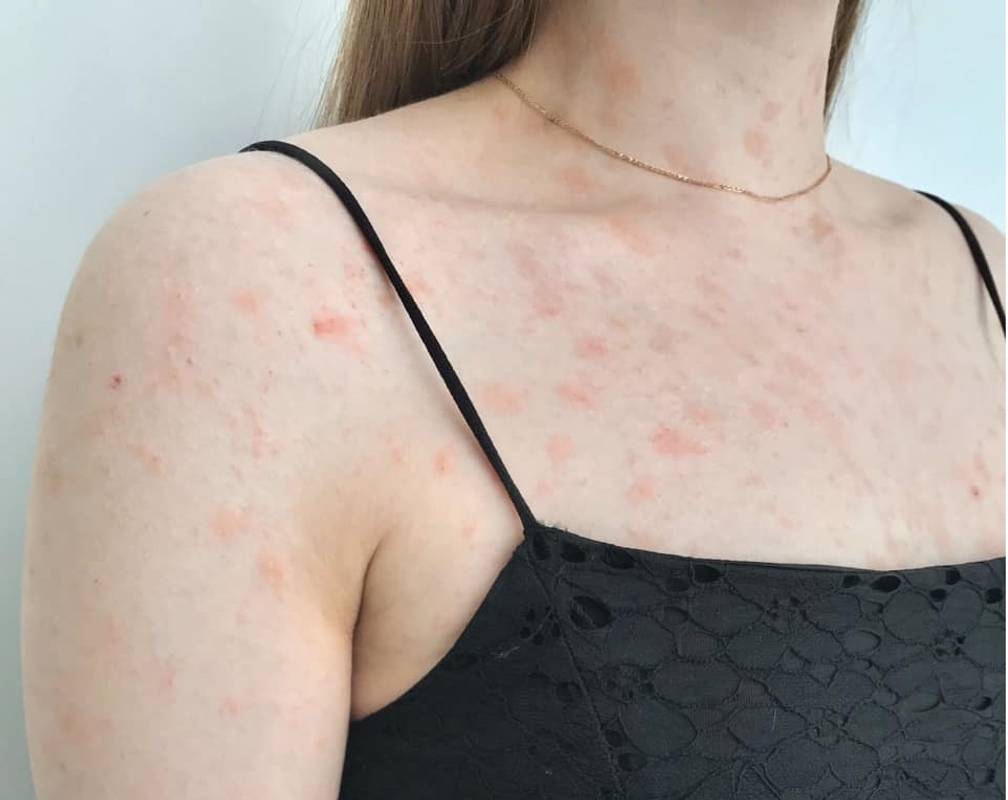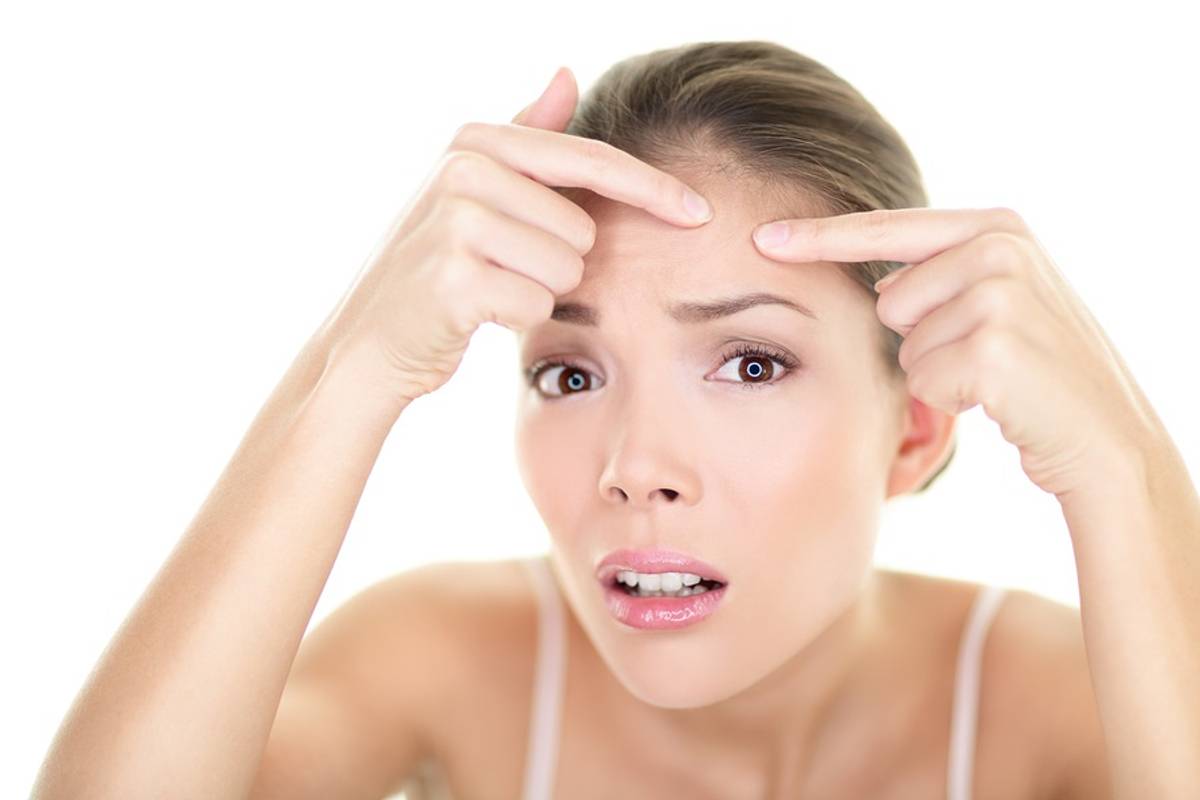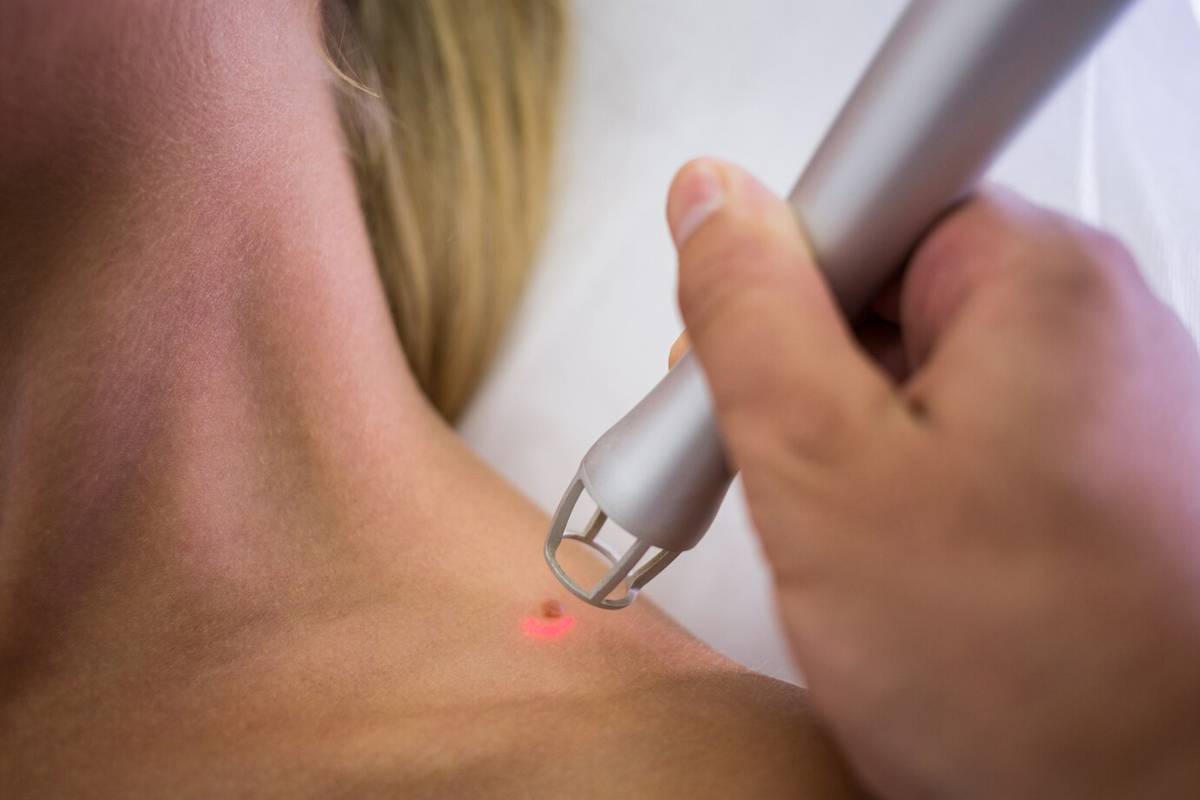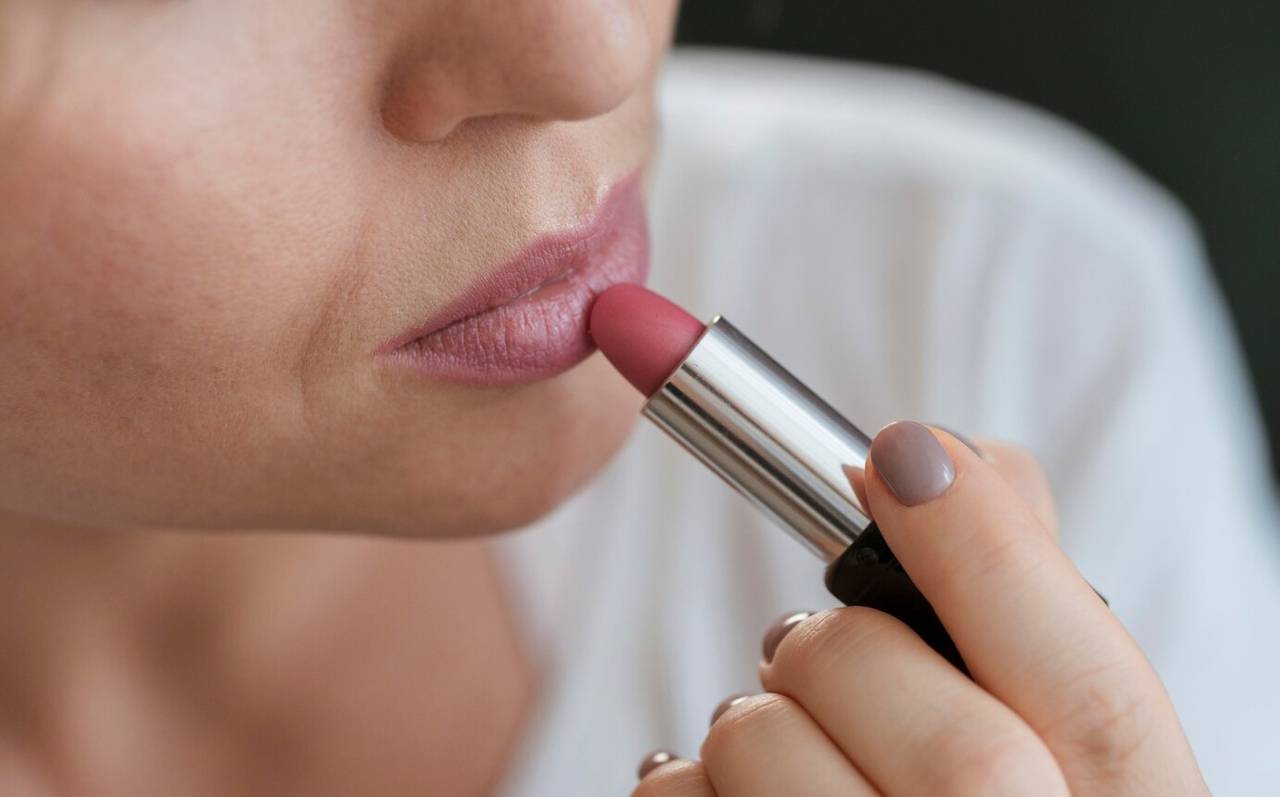
Inflammatory process on the lips why it occurs and what to do in such cases
In such a situation, they say: “I have aired my lips.” This problem occurs quite often in winter, in wet, windy weather. But is it always the only problem?
– Such a disease is called cheilitis in medical language – it is an inflammatory process of the red border, skin and mucous membrane of the lips, – says Zhanna Prykhodko, a dermatocosmetologist.
— It can be provoked by adverse climatic conditions, especially high or low humidity, aggressive exposure to cold (or too hot) air, excessive ultraviolet rays, wind and dust. Such cheilite is also called meteorological.
— Apart from external factors, what else can provoke an inflammatory process on the lips?
— This can be a consequence of atopic dermatitis, an allergy to cosmetics (I know many cases when cheilitis in patients was provoked by lipstick), a reaction to a toothpaste: something aggressive in its composition can cause irritation on the mucous membrane.
Lips are also “ventilated” with inflammatory processes in the nose, so a person constantly breathes with his mouth open, and with inflammation of the mucous membrane of the oral cavity.
Cheilitis can also be a consequence of a neurogenic disease, due to which a person constantly licks or bites his lips.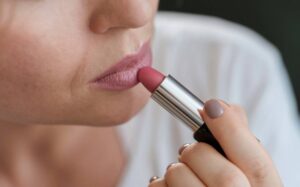
If bacteria gets into the cracks on the lips, severe inflammation can develop, so-called clogging in the corners of the lips.
These microwounds are difficult to heal, because the thin membrane sometimes dries up, then cracks again. So you can’t do without antibacterial ointment or wiping with an antiseptic solution.
— If there is no infection, is it enough to lubricate the lips with moisturizing balms?
— You should use a protective product before going outside. And I recommend using a moisturizer indoors.
If you do the opposite, wet lips will suffer even more in frosty air. By the way, you can use natural cosmetic oils, such as cocoa butter, to nourish your lips. You need to warm it up a little beforehand.
And if the lipstick provoked an allergy at least once. Never use it again and write down what dye, fat or preservative it contained. Next time, choose cosmetics without such ingredients.






